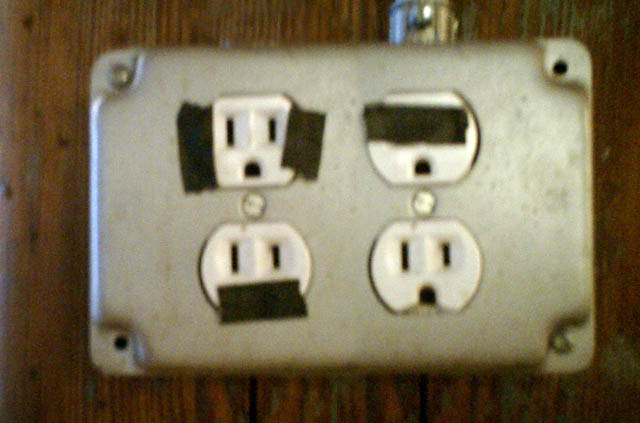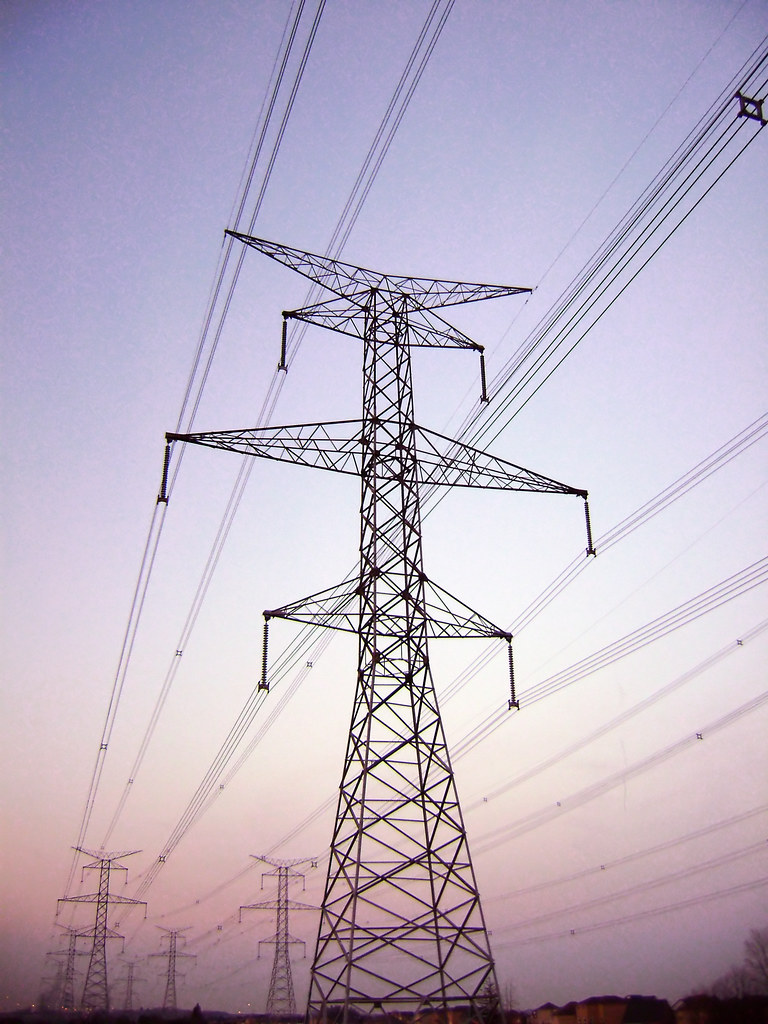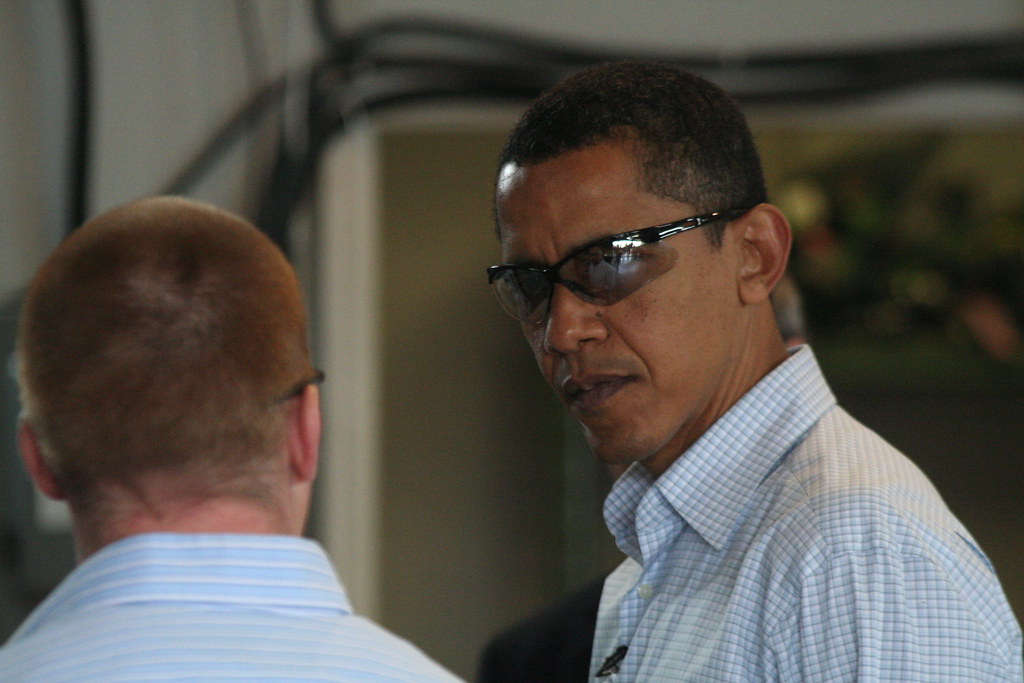In this, the second of my Smart Grid Heavy Hitters’ interviews, I talk to SAP’s Head of Industry Business Unit for Utilities, Stefan Engelhardt.
It was a great interview – in it we talked about:
- Stefan’s definition of a Smart Grid
- The benefits of Smart Grids to both the utilities and the customers of the utilities
- The state of Smart Grid rollouts to-date
- What an ideal Smart Grid would look like
- What barriers are holding up Smart Grid rollouts
- Which regions are further along in Smart Grid rollouts and which are lagging behind








